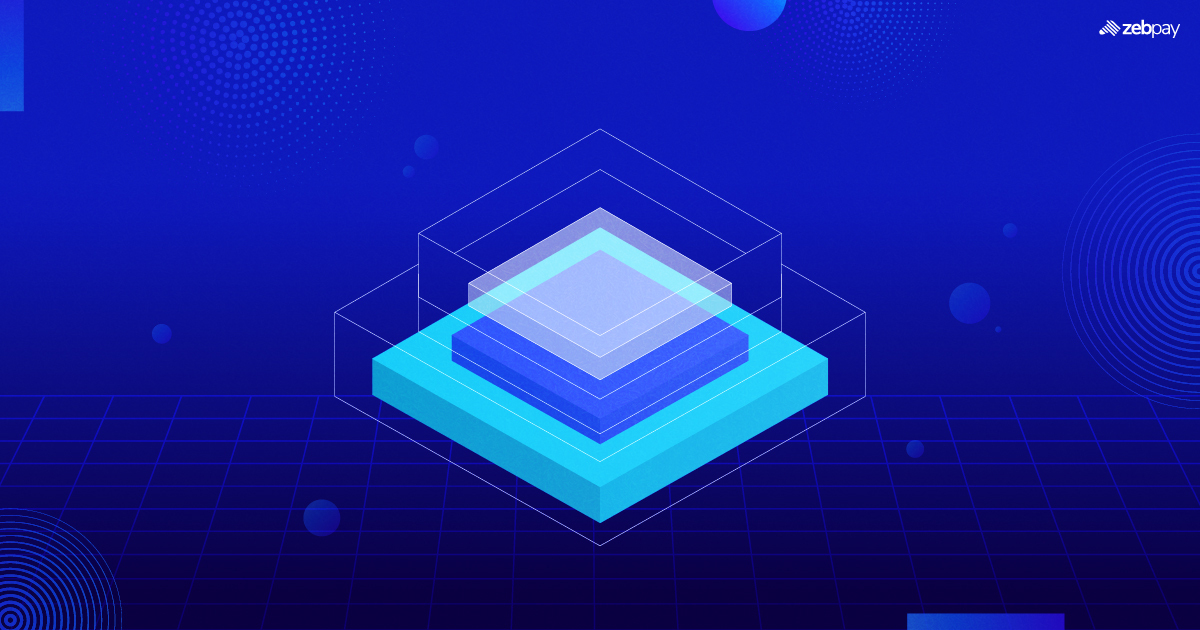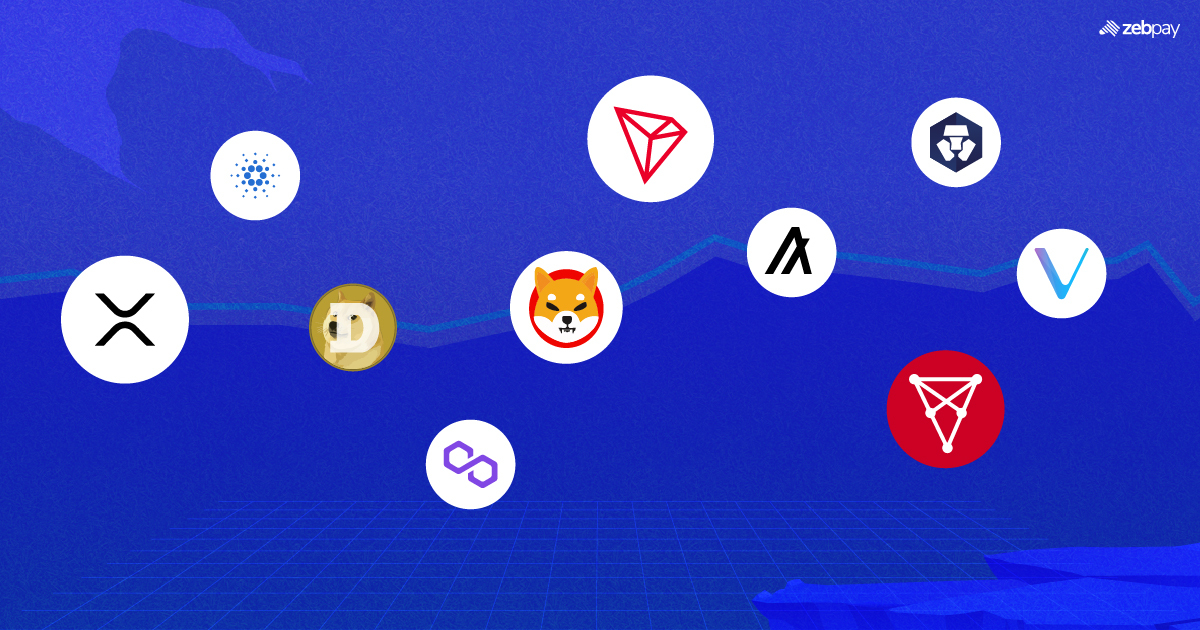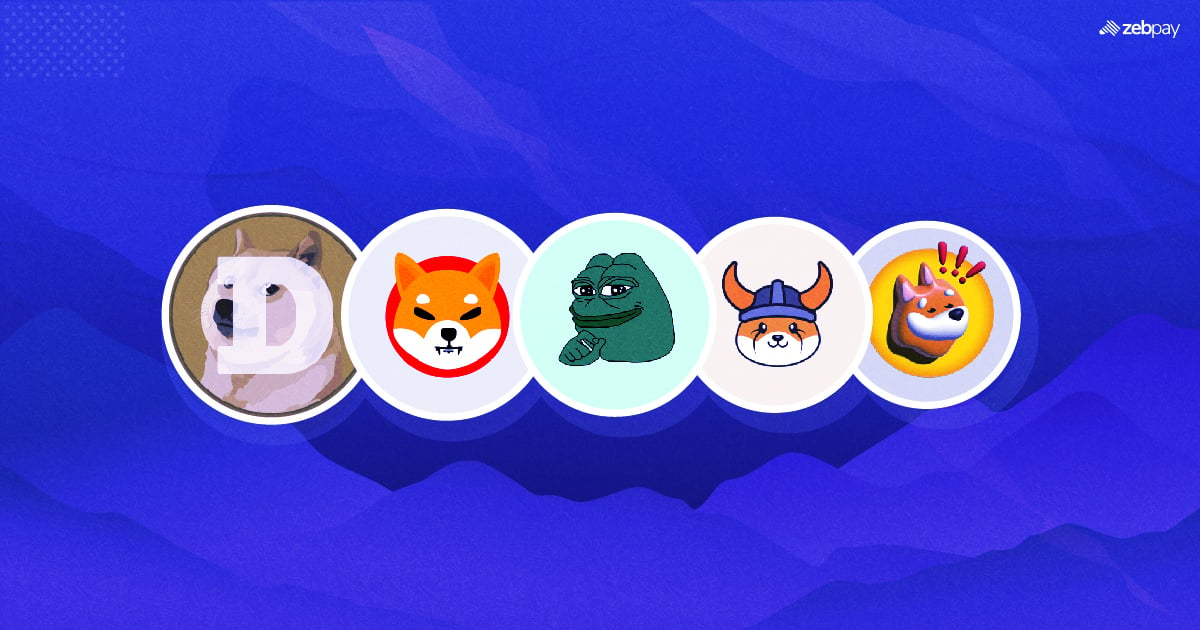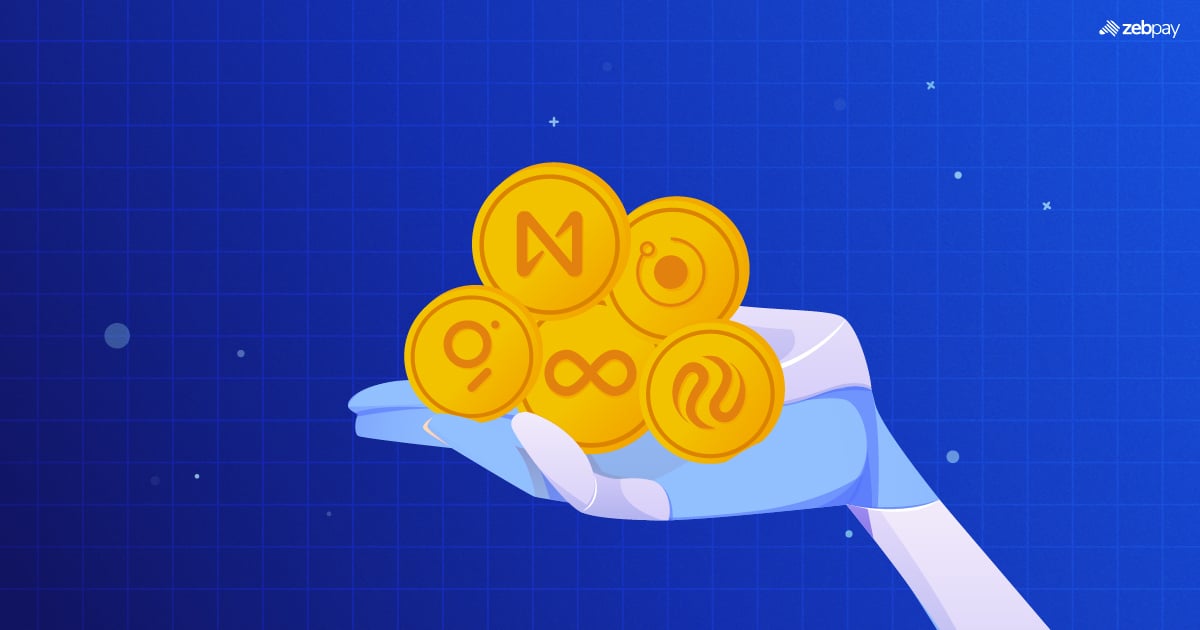Blockchains have gained immense popularity as powerful technologies for investment and payments, thanks to their decentralized structure, secure networks, and seamless payment capabilities. The most widely used type of blockchain is the Layer 1 blockchain. While L1 blockchains have been groundbreaking, scalability challenges can sometimes lead to network congestion and high costs. A promising solution to these issues is the emerging Layer 0 network, which offers the potential to enhance scalability and efficiency.
Introduction to Layer 0
Standard Layer 1 blockchains are self-contained systems capable of handling network security, validation, and transaction processing without relying on external support. However, this means that the same network must handle multiple tasks simultaneously, which can significantly slow down performance.
In contrast, Layer 0 serves as the foundational network upon which a blockchain is constructed. It includes essential features such as protocols, network architecture, hardware, and validator nodes. Layer 0 blockchains enable multiple Layer 1 blockchains to be built on top of them, allowing these blockchains to share the same underlying systems and protocols, improving overall efficiency.
How Does a Layer 0 Blockchain Work?
A layer 0 protocol requires three basic components to function seamlessly:
Mainnet
The main chain or mainnet of layer 0 is what consolidates and stores data from the various layer 1 blockchains built on top of it. This helps maintain a network state and ensures data integrity is maintained across the protocol.
Sidechains
This component includes the many layer 1 blockchains built on top of layer 0. They can have their own nodes and consensus mechanism but still benefit from cross-chain compatibility and security provided by L0.
Cross-Chain Operations
A huge advantage of building on layer 0 is that your dApp will maintain compatibility with every other blockchain in the same network. This is done through the inter-blockchain transfer protocol, which ensures all assets and information can be shared between the mainnet and other sidechains.
Read more: What Are Blockchain Layers
Layer 0 Scalability
The problem of scalability stems from the “Blockchain Trilemma”, a term coined by Ethereum founder Vitalik Buterin. This concept says that blockchains experience a tradeoff between decentralization, security and scalability. Usually, blockchains can only perform 2 of the 3 functions satisfactorily.
L0 protocols cannot process transactions by themselves. That is a role performed by the main chain and various sidechains built on the blockchain. Scalability on an L0 thus means adding more independent blockchains and applications to the network. Each one operates independently of the others, which ensures one blockchain is not slowed down by activity on another.
What are Some Layer 0 Blockchain Projects?
The three most popular Layer 0s are Cosmos, Polkadot and Avalanche.
Cosmos
This project is trying to build an “Internet of Blockchains” as an alternative to older systems like Bitcoin and Ethereum. The network is split into the Cosmos Hub – its main chain – and thousands of independent sidechains that can launch their own applications.
Cosmos’ operations are enabled through the Tendermind consensus mechanism. It also uses a novel inter-blockchain communication protocol to enable data sharing between its sidechains. Finally, the Cosmos software development kit makes it easy for developers to launch their own sovereign blockchain to build an application.
Polkadot
Polkadot is a layer 0 protocol on which several specialised blockchains known as “parachains” are built. Under this system, Polkadot can provide scalability to all projects through a common validator pool. Thus, the cost of transactions is spread across multiple parachains.
You can build a unique blockchain on the protocol in minutes with the Substrate framework. The network is highly efficient, using the energy equivalent of just 7 households per year. Its operations and governance are also decentralised, where all of its tokens are given a voice.
Read more: What is Polkadot (DOT)
Avalanche
Avalanche is a decentralised smart contract platform for dApp creation. It allows you to easily build Ethereum-compatible dApps that can process thousands of transactions each second.
The main selling point of this platform is that it takes less than 2 seconds to finalize a transaction. This number can be as high as 60 minutes and 6 minutes with Bitcoin and Ethereum respectively. Users can also stake their AVAX tokens or run nodes with the hardware they already own.
What is The Future of Layer 0 Blockchains?
Layer 0 protocols provide an excellent solution to the blockchain trilemma, addressing user needs more effectively than traditional blockchain projects. They offer remarkable flexibility to developers, enabling the creation of independent blockchains tailored for decentralized applications.
This approach could potentially allow for infinite scalability, adjusting seamlessly to demand whenever necessary. By tackling long-standing challenges like high costs and network congestion, Layer 0 protocols attract more users to blockchains, driving greater adoption and efficiency.
Visit ZebPay blogs to keep yourself updated about everything related to Crypto. Experience the power of crypto trading using ZebPay Singapore.
FAQs
What are Some Popular Layer 0 Blockchains?
Some of the most used Layer 0 protocols are Polkadot, Horizon, Cosmos, Avalanche, among others.
What are the Layers in a Blockchain?
Layer 0 – Underlying network architecture
Layer 1 – Independent blockchain system
Layer 2 – Scaling solution for L1s
Layer 3 – Cross-chain operation solutions







